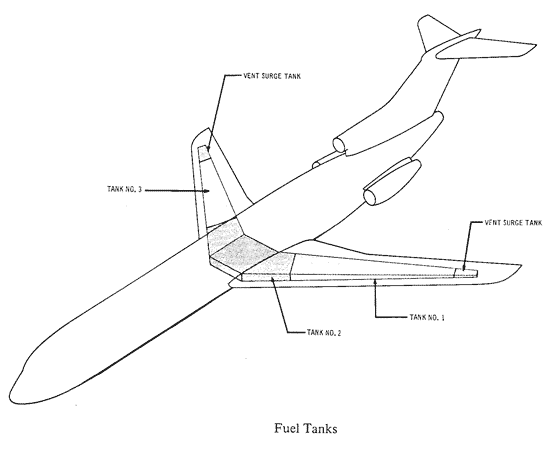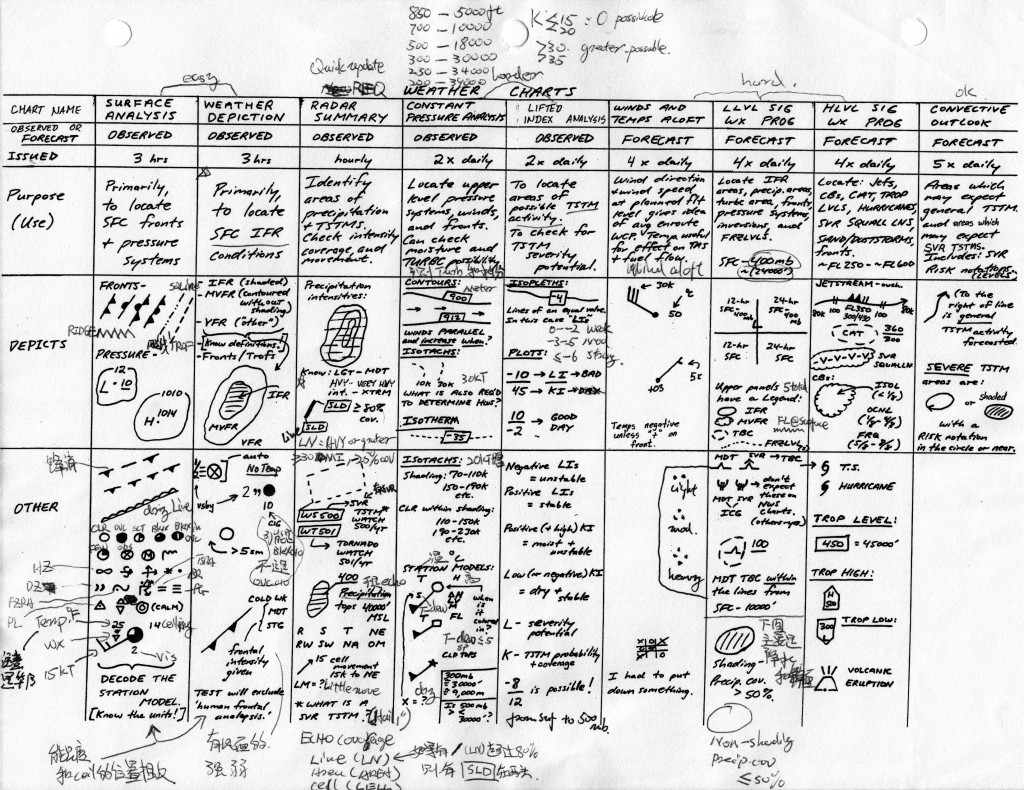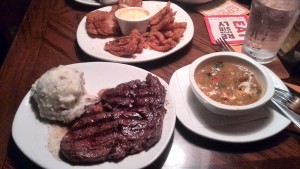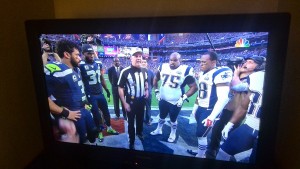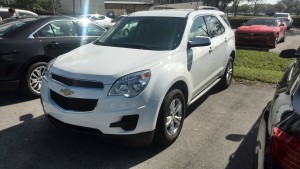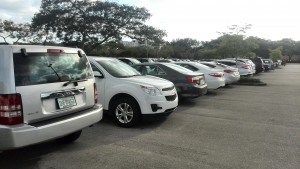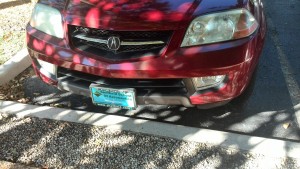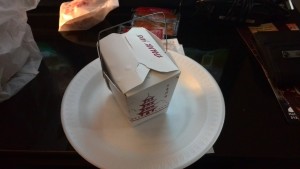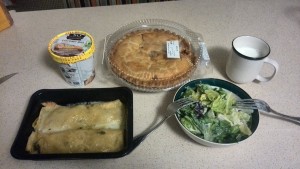727真的很奇怪,有两个最大落地重量。一个是襟翼30度154,500 lbs,另一个襟翼40度142,500 lbs。 明显襟翼30度的进近速度更大。在给727分类的时候,是用哪个重量确定的呢?询问了Brett,他是这样回答的:
Q: There are two landing configures(flap 30 and flap 40) and two max landing weights. The approach category is based on 1.3 times the stall speed in the landing configuration at maximum landing weight. Which weight or which flap is used when 727 was approved to be a category C for s-in landing? Are two configures approach speeds both within category C range? Which max landing weight is used in daily operation?
A:The definition of the approach category is based upon the maximum gross landing weight. We have two different limitations based on the flap settings, but the maximum certificate weight is based on Flaps 30 degrees, so that’s what we would base it on.(审定时使用的是襟翼30的落地重量) And that makes sense too – to be safe/conservative, we would want to base this on a higher speed and not a lower one. The stall speed with Flaps 30 will be higher than the stall speed at Flaps 40, so it also makes sense from that point of view to base this on Flaps 30. So, the Category C is based on 154,500 pounds with Flaps 30 degrees.
In daily operations, Flaps 30 would be used. You will see later in the course that it is VERY rare that we would want to use Flaps 40 degrees. This is helpful for extremely short runways because the runway weight limitations for landing would be better – the lower landing speeds mean we could stop faster, or stop in the same amount of runway with more weight. However, the extra drag with Flaps 40 means that the ability to go around and do a missed approach will be greatly harmed because of all of the extra drag, and the weight limitations for that will be MUCH lower at Flaps 40 – plus, we lose 12,000 pound from the structural limit as you have already seen. It has to be an extremely short runway to even think about this.( 只有当受落地场长限制的时候,才需要使用襟翼40 )
In practice, operators of the 727 basically never use Flaps 40 for those reasons, plus another – with the extra drag at Flaps 40 during the approach, the engines have to be at a higher thrust setting to make up for the extra drag. That additional noise makes compliance with Stage III noise certification all but impossible.(使用襟翼40还会造成噪音太大,平时运行几乎不使用襟翼40的最大落地重量)

